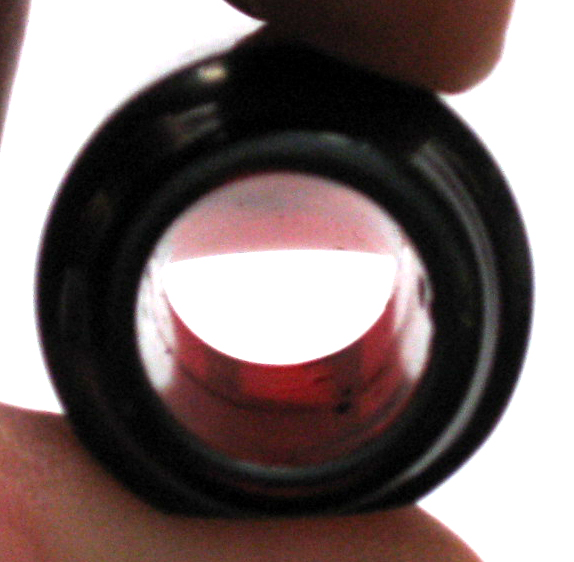There’s a good reason that most players experience lots of problems on soprano: the mouthpiece they play is awful.
It’s not the design that is awful. It is the simple fact that commercial mouthpiece makers don’t take the time to make certain the mouthpiece is correct. I would further say that it is obvious they don’t really care, too. They’ve been making and selling these MSO ( Mouthpiece Shaped Objects) for decades and decades and nothing ever improves.
Here is a list of what can be wrong about a soprano mouthpiece, and almost always is:
-
Facing is a mess ( too long, too short, crooked )
-
Table is a mess (concave, convex, crooked )
-
Tip opening is wrong ( marked 5* and is a 7*, or visa versa )
-
Chamber is a disaster ( oddly shaped, misproportioned, unfinished )
I see it all the time. Know this: the mouthpieces are stamped with tip openings LONG before the tip is even put on them. Also know that almost nobody checks these pieces before they go in a box and out the door. The people who work on these mouthpieces are almost never saxophone players and there isn’t a saxophone within a mile of the factory.
I rarely see a mouthpiece with a flat table. Almost never, actually.
I am always surprised when a mouthpiece’s stamped tip opening is even close to the actual tip opening.
I rarely find a mouthpiece with an adequate facing. Not a great or precise facing, but an adequate facing that is even playable at all.
So, it is no wonder that soprano players struggle with the results of playing on awful mouthpieces. Here are the symptoms:
-
Lows or highs are difficult to voice. Sometimes both can be difficult.
-
Lows or highs are thin.
-
Player must make embouchure changes for different ranges on the horn.
-
Tone changes from one area of the horn to another.
-
Intonation goes sharp or flat up high, sometimes both occur at different moments.
-
Low end intonation goes flat unless player changes embouchure or air column.
-
Horn “shuts down” suddenly for no apparent reason. It “chokes up”, so to speak, and it can happen suddenly and anywhere on the horn.








